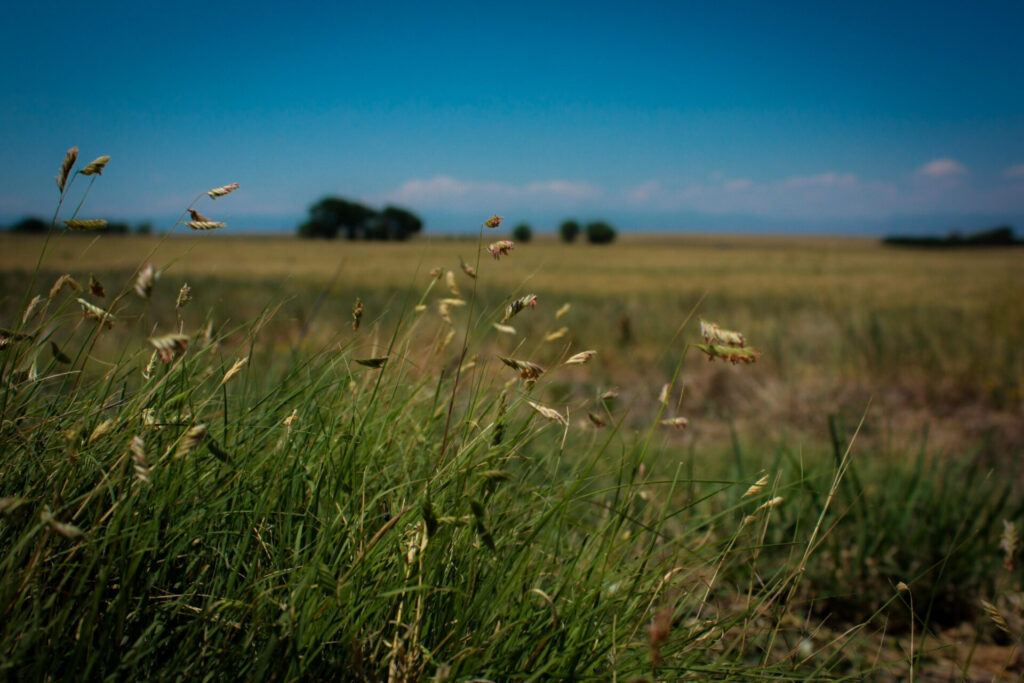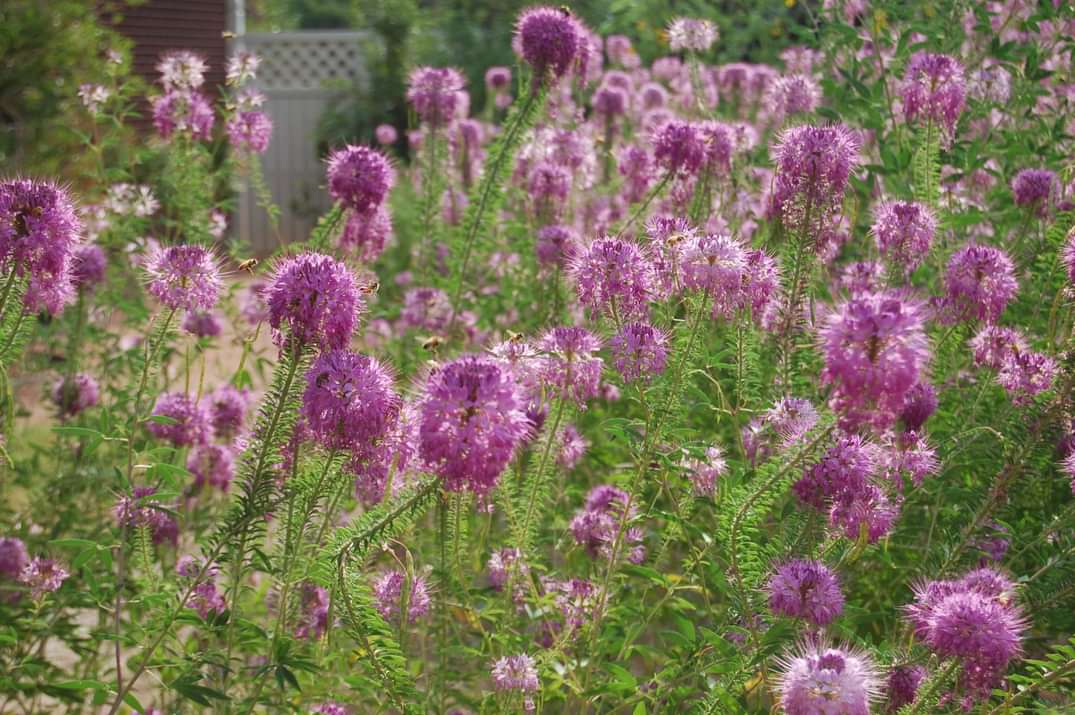The land is always speaking to and through you, because you are part of the ecosystem. You are flesh, which means you are literally made of earth. You have rivers running through your veins, minerals in your bones, and wind moving through your lungs – all in the same fractal patterns that are visible everywhere on the planet. Heat radiates from your gut, just like from the center of the Earth; hair grows from your skin, like trees do from the soil; and millions of tiny micro-organisms exist within you and on you. You are a mini earth. You cannot be separated from the land.
You are also a child of the Earth, an animal, who eats, poops, has adventures, and eventually decomposes. Humankind (one of this planet’s youngest children) is going through something like a teenage rite of passage, and you’re part of that; our species has been learning that life does not revolve around us. We are being asked to wake up, confront the truth of our limitations, and take responsibility for ourselves. This means approaching the ecosystem as a partner or ally – Lover Earth or Brother Earth, not just Mother Earth.
Presumably you’re here because you’ve realized this to some extent, and you want to take responsibility for the state of the ecosystem in your yard. You don’t want to waste water; you want to support pollinators; you care about the land. That’s a fantastic place to start.
If you want to be in a partnership, the first step is to get to know the other. There are many ways to “date” the land; you can spend time in your backyard and in nearby wilderness areas, research native plants and permaculture design, study with indigenous teachers, or use art or ritual to help you listen deeply. You can walk barefoot and watch the seasons change. You are already in a real relationship with the land where you live; just build on that.
You can also use a meditative practice like the one below. It will take you a minimum of 10 minutes to complete. Please adapt this process to what works for you.
If there are multiple people in your household or community, you can:
a) read the meditation and reflective questions aloud, sitting together, and then talk about them; or
b) gather together, take time to center yourselves individually, and then reflect together on the questions.
The language has been written simply so that kids can understand.

Begin in your own way:
First, spend some time calming your mind and getting your feet planted under you. You can try the meditation exercise below if you’d like. Other ways of “centering” yourself can include lying down, making art, etc..
If you want to center yourself in your own way, take your time doing that, and then skip ahead to Step 4 when you’re ready.
The meditation exercise (Steps 1-3):
- Sit down comfortably, ideally upright and with the other members of your household. If the weather is favorable, sit outside.
- If you have an applicable religious, cultural, or spiritual practice that is meaningful to you, start with that. For example, you can start with prayer or a ritual.
-If you don’t have a practice like this but you’d like to experiment with praying, you can pray to whatever feels right to you. E.g.: “To the parts of the universe who want what’s best for everyone: please guide me.” Or, “hey, nature, I feel awkward about this, but I’d like to feel connected with you right now.” Just be honest and use your intuition.
-If this isn’t your vibe, skip ahead to step 3.
3. Set a timer for 5-15 minutes and take some time to sit in silence. Notice any sensations in your feet, legs, hips, or belly that feel good. Breathe with that. Then feel your heaviness; how you’re sitting on the Earth; how the Earth’s gravity won’t let you float away.
Notice that there is some kind of two-way connection between you and the land. However that is, however that feels, just notice it. Relax and breathe with that. You can wiggle if you want.
As thoughts or feelings come up, feel your feet and/or your butt, and your connection to the Earth, while those sensations hang out or pass through. Let yourself take big natural breaths if it feels helpful.
When the timer goes off, if you feel like you or your household needs more time, wait until things feel ready or settled before proceeding.

Step 4:
After you or your household feels centered, read these prompts and questions.
Use your imagination to feel the hugeness of the Earth. Remember that the neighborhood where you are is part of an ecosystem. And your body is part of that ecosystem; you’re an animal. In a way, your house is like your nest or burrow. Take some time to feel that.
When you’re ready, ask yourself these questions. It’s okay if the questions feel strange, or if you don’t get easy answers; just hang out with whatever comes up.
-In this yard and neighborhood, what do you want for yourself?
-What do you want for the other people in your house and/or neighborhood?
-How do you want your home and yard to feel?
-If your yard was going to talk to you, what do you imagine it would say?
Notice that there is a landscape of more-than-just-human-life all around you. There is water in the ground underneath you, along with rocks and soil life. In the sky above you, there is wind, and light, and birds. And all around you, living on the land beside you, there are plants, insects, and animals. There are trees and other living beings sharing your neighborhood with you, and living in diversity and harmony in nearby wild areas.
Now sit with these questions.
-What does all that life want or need?
-If you were going to say something to the other parts of nature that live around you, what would you say?
-What is your relationship like with the rest of the ecosystem?
-Feeling that, what do you want most?
5. Consider sharing your experiences with other members of your household or community. You’re also welcome to share with us at RLD.
“Wait a second,” he said as he wrapped his mind around this linguistic distinction, “doesn’t this mean that speaking English, thinking in English, somehow gives us permission to disrespect nature? By denying everyone else the right to be persons? Wouldn’t things be different if nothing was an it?”
― Braiding Sweetgrass: Indigenous Wisdom, Scientific Knowledge and the Teachings of Plants
